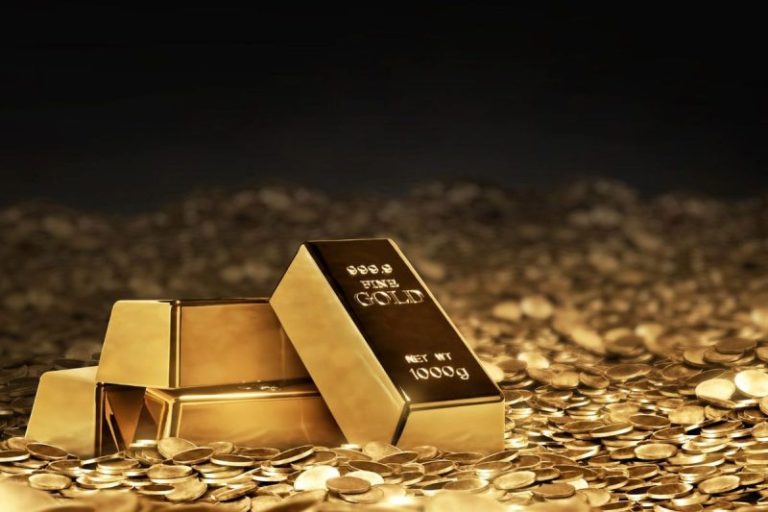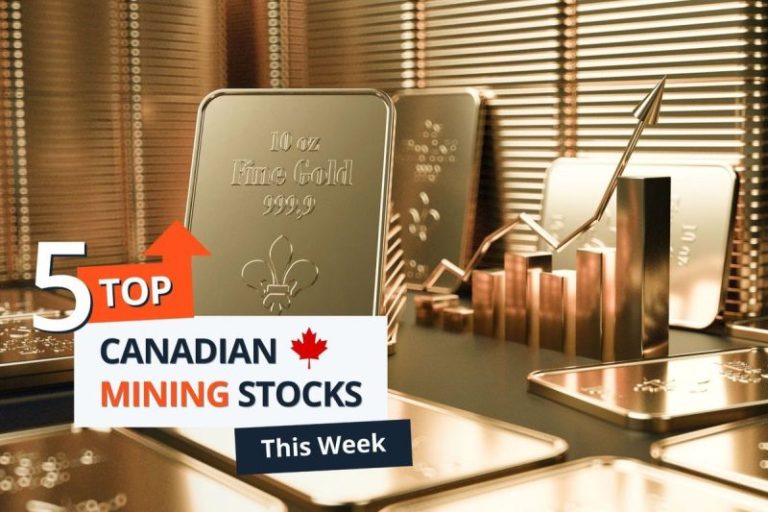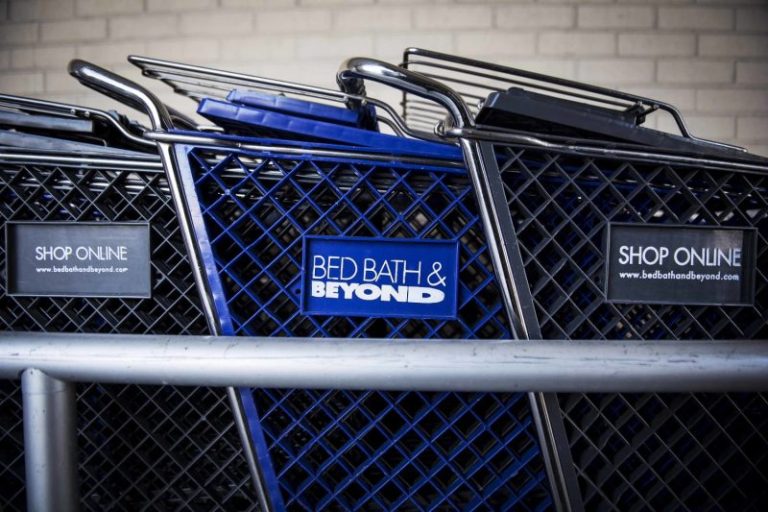By Darren Brady Nelson
One of the underrated, and easily dismissed, stories from the first 100 days of the second Donald J. Trump presidency was in March 2025, when the president said: “We’re actually going to Fort Knox to see if the gold is there, because maybe somebody stole the gold. Tonnes of gold.”
Two developments have happened since. First was his May 2025 executive order “Restoring Gold Standard Science.” Second was his signing the July 2025 GENIUS Act. The former could be a word teaser for “Restoring The Gold Standard.” The latter seems to be a step in that direction.
Source: The White House.
Fort Knox gold
The US Department of the Treasury’s Weekly Release of US Foreign Exchange Reserves shows the levels of various official assets, including gold. It reported gold of 261.499 million fine troy ounces. An estimated 56 percent of that is in Fort Knox, with the remainder in West Point, Denver and New York.
The Federal Reserve Act 1913 still gives the power to the US Federal Reserve: “To deal in gold coin and bullion at home or abroad, to make loans thereon, exchange Federal reserve notes for gold, gold coin, or gold certificates, and to contract for loans of gold coin or bullion (and much more).”
The question of how much gold is in Fort Knox and elsewhere is not only important for the purposes of DOGE, but even more so in the case of a potential return to a gold standard. And such an incredible return is not mere speculation, but is due to some credible public comments.
Source: Visual Capitalist.
Trump gold standard
Private citizen Trump commented, as a presidential candidate, about a possible return to a gold standard in June 2016, when he said: “Bringing back the gold standard would be very hard to do, but, boy, would it be wonderful. We’d have a standard on which to base our money.”
More recently, Steve Bannon stated in December 2023: “Nixon took us off the gold standard … over a weekend … in an emergency executive order. That is going to be reviewed strongly in the second Trump term … getting rid of the Fed, yeah, maybe you start with converting back into gold.”
Economist Judy Shelton has an October 2024 book as a guide: “When the US dollar is backed by gold, America prospers, and so does the rest of the world. But this is no curmudgeonly demand to return to the gold standard of yore; (but) gold for a new international monetary order.”
Some sort of gold standard might dovetail with a new global trading system, as outlined in the “Mar-a-Largo Accord” of November 2024, as well as with the GENIUS Act of July 2025, which: “establishes a regulatory framework for payment stablecoins (must redeem for a fixed value).”
Shadow gold price I
Shadow pricing is a method long used in cost benefit analysis that adjusts prices from, or creates prices for, failed or non-existent markets. The shadow price of gold (SPoG) in August 2018 was defined as: “The linkage between the US monetary base and the implied price of gold.”
The In Gold We Trust (IGWT) annual report from May 2025 uses a similar definition: “The theoretical gold price in the event of full gold backing of the base money supply.” The report adds: “The reciprocal value of the (SPoG) gives the degree of coverage of the monetary base.”
The reciprocal SPoG, based on current market prices, is the “Gold Coverage Ratio” (GCR). The report explains further that: “Currently, the (GCR) in the US is only 14.5%. To put it crudely: Only 14.5 cents of every US dollar currently consists of gold, the remaining 85.5% is air.”
Gold backing of monetary base, in percent, 01/1920 to 03/2025.
Source: Incrementum.
Shadow gold price II
According to IGWT: “In the gold bull market of the 2000s, (GCR) tripled from 10.8% to 29.7%. A comparable (GCR) today would only arise if the gold price were to almost double to over $6,000. The record value of 131% from 1980 would correspond to a gold price of around $30,000.”
IGWT goes beyond just $USD: “The international shadow gold price (ISPoG) shows how high the gold price would have to rise if the money supply (M0 or M2) of the leading currency areas were covered by the central banks’ gold reserves in proportion to their share of global GDP.”
“This view impressively reveals the extent of the monetary expansion: With an — admittedly purely theoretical — 100% coverage of the broad money supply M2, the gold price (per ounce) would be over $231,000; even with a moderate 25% coverage, it would be around $58,000.”
International shadow gold price at different gold coverage levels (log), in USD, 12/2024.
Source: Incrementum.
Shadow gold price III
In May 2024, James Rickards predicted: “My latest forecast is that gold may actually exceed $27,000. I don’t say that to get attention or to shock people. It’s not a guess; it’s the result of rigorous analysis.”
This was based on a similar approach to SPoG and GCR that he called “the implied non-deflationary price of gold under a new gold standard (iPoG).” Rickards calculated a gold price, based on iPoG, of $27,533 per ounce.”
He divided US$7.2 trillion of M1 money supply by 261.5 million of gold troy ounces (or 8,133 metric tonnes) in official US reserves estimated by the World Gold Council. The M1 figure is 40 percent of US$17.9 trillion as: “this percentage was the legal requirement for the US Federal Reserve from 1913 to 1946.”
In summary, the sort of gold prices that might be reached under a return to a gold standard, using the shadow price of gold approach, range from lows of US$6,000 to highs of US$231,000, with US$27,533, US$30,000 and US$58,000 in between.
Whatever the gold price ends up at, it would be a once-in-a-lifetime windfall for those holding gold at that time. After that, gold would cease to be an investment, as it has been since 1971 and 1974. Because gold would be actual money once again, and it would be sound money at that.
About Darren Brady Nelson
Darren Brady Nelson is chief economist with Fisher Liberty Gold and policy advisor to The Heartland Institute. He previously was economic advisor to Australian Senator Malcolm Roberts. He authored the Ten Principles of Regulation and Reform, and the CPI-X approach to budget cuts.
Click here to read Goldenomics 101: Follow the Money.




